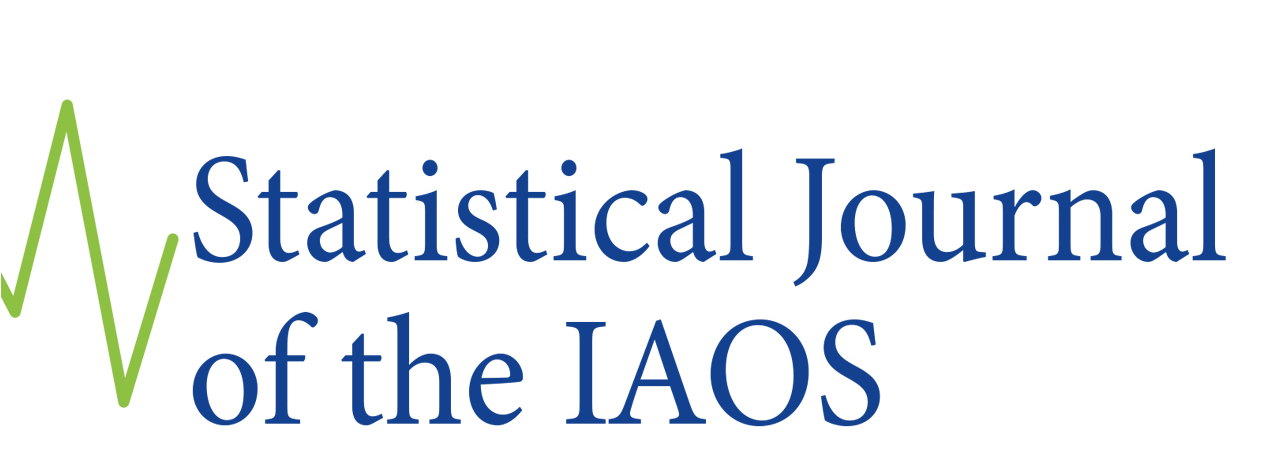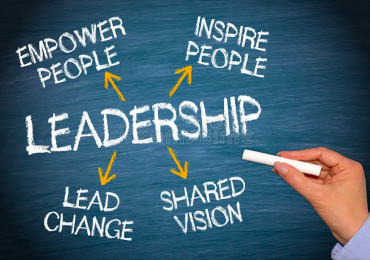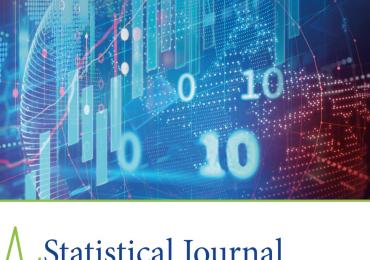
The Statistical Journal of the IAOS, Volume 37/3, on ‘New Developments in Training in Official Statistics’ discusses in 22 manuscripts the recent trends in training in official statistics. See https://content.iospress.com/journals/statistical-journal-of-the-iaos/37/3
The need and rationale for training in official statistics and the importance of understanding recent developments is described in section (I) of the issue. Section (II) expands this, discussing the requirements needed for training in Data Science and section (III) illustrates methods for assessing the types and content of this demand for training. The other three sections give an overview of existing training initiatives in official statistics (section IV), reports on the general trends in learning and training (section V), and illustrate these via a selection of examples of training in domains of official statistics or in regions (section VI) .
Background and needs for training to specific examples of training initiatives.
The 9th discussion on the SJIAOS discussion platform is based on the following 7 statements. Readers are invited to react to individual statements and of course can also choose to react to a combination of these statements, or simply comment on the overall theme.
Additional to these statements readers/commenters are invited to give specific examples of new modern training methods that they or their organization have developed, they have experienced or they have been participated in over the last two years.
In brief the statements as these will be opened for discussion on the SJIAOS discussion platform are:
Statement 1: Are recent developments in training of official statistics, such as, on-line courses, webinars and Massive Open Online Courses (MOOCs) developed as a normal step in the evolution of training methods, or has the COVID-19 pandemic, the data revolution and the urgent need for more comparable data caused a training deluge, creating an avalanche of new methods, IT tools and applications?
Commentators are invited to consider which elements have been evolutionary and which have been revolutionary, and whether this rapid phase of modernisation is likely to continue., with all
Commentators might also comment on whether they expect these new training methods to be sustained post pandemic.
Statement 2: The manuscripts in this special issue describe how, over the last decade, the field of official statistics has expanded, and consequently is confronted with additional challenges, including quality. The audience is invited to comment on the current balance in training, especially if all fields receive sufficient attention. For example if there is sufficient attention on the quality aspect.
Statement 3: Challenges the audience to react to the question when isthe best moment to start training in statistical thinking? Should training in statistical thinking start early, at elementary or undergraduate level, at lower and medium school level?
Statement 4: There are many new models and procedures for training, and especially the on-line formats have become very popular during the COVID-19 pandemic. However, several authors and experts state that the face to face component remain very important, even indispensable to understanding official statistics.
Statement 5: Visualization of statistics, and as a result modern visualization tools are high on training agendas. However, the mathematical component, appears to be receiving less attention and importance. One wonders how this relates to real work, as the backbone of official statistics remains the industrial process of compiling statistics where mathematics still plays an important role.
Statement 6: Training is no longer a national or regional challenge but a worldwide one, due to the need for comparable global data. The focus in several manuscripts is on the necessity and effectiveness of international cooperation networks / inter agency cooperation for training. However, to what extent does training of staff working in official statistics still have to have a local component? And, on what type of activities should this component focus?
Statement 7: Finally, from the manuscripts in this issue it appears that developing new methodologies is mainly done by experts from well developed statistical systems and international organizations. What about the less developed world that has a high demand for training? Are these new methods sufficiently applicable in developing countries and whether they be introduced considering lower internet speeds and less developed training environments?
Examples of new modern training methods
Next to these statements, the readers are invited to give specific examples of new modern training methods as they or their organization has developed, they have experienced or they have been participating in during the last two years. We are looking forward to hear about interesting small scale but also larger initiatives that illustrate the fast and diverse developments in the domain of training in official statistics.
Some background on the SJIAOS discussion platform
In August 2019 the Statistical Journal of the International Association for Official Statistics (SJIAOS) launched the new on-line platform for discussion on topics of significant relevance for official statistics (www.officialstatistics.com) as part of the SJIAOS website. The discussion platform invites you to contribute to important discussions at a time of your own choosing.
The ISI World Statistics Conference, the IAOS conference and Journals like the Statistical Journal of the IAOS, are the traditional platforms where views on new developments and important issues in Official Statistics are exchanged. However, conferences occur only a few times per year, journal issues are released maybe four times per year and typically only reach specific interest groups. This new on-line discussion platform of the SJIAOS is an opportunity for anyone working or interested in official statistics, to contribute to topical discussions, at your own convenience.
Every three months there is a new discussion item. With each issue of the SJIAOS, a new discussion topic will be launched via a leading article. Statements from this article will then invite you to post your opinion and arguments. Each discussion will run for a year and be closed with a concluding commentary by the article author(s). When fully up and running (after four journal issues), there will be four different discussions topics open for your contribution at any one time.
The discussion platform can be found on a prominent place on the new SJIAOS website (www.officialstatistics.com). Contributions have to be in English, have to be clear and concise, specifically addressing one of the statements and should not exceed 25 lines. When considered useful, references to a longer text (article, paper) can be added as an attachment. Contributors are required to register on the discussion platform. Anonymous contributions are not appreciated.
The SJIAOS discussion platform editor (James Whitworth) moderates the discussions and the quality of the contributions (but of course not on the positions taken), takes decisions on the integrity of the arguments and is available for support when needed.
hstephen
These comments centre on Statement 6, and not so much on post-harmonising training between national offices (in the quest for comparability in international compendia), as on forming official statisticians with the capacity to work outside national frameworks, while grounded on experience in national statistics production. This sees the statistics profession (or at least that segment applied to the production of official releases) as a branch of engineering: understanding an informational problem in its globality translating that understanding to the specific requirement of a client; applying technical tools appropriate to this specification - whether already current, or adapting current methods or launching into entirely or partially novel methods; and taking responsibility for implementing the solution efficiently and in a way that fits the purpose.
This allows for a flexible career progression - from exposure to a diversity of problems in a supportive environment of a national office - to independent competence in areas of emerging demand, whether as the agency takes on new challenges in emerging policy areas; or whether the demand comes from outside an agency context altogether - how to support responses to conflict or climate induced large scale population movements; to declining biodiversity measures, or indexes of recovery, or wellbeing or illegal trade in armaments or animal products.
These are areas where reliable statistical frameworks are needed but will not emerge from the priorities of national (or international) statistical offices. They may well be demanded by new bodies - by commissions brought into being through treaties, by monitoring agencies, by civil society movements, or protocols.
I would argue that the journeyman method we are familiar with has proved its worth - through the finishing of university trained recruits in agencies by judicious placement (within the NSO or parallel government agency). The cooperation model between universities and agencies also is effective. What is lacking is the recognition of the need for clear pathways and prospects for people to exercise their design and management competences within a collegial pool before moving into the areas of challenge.
Extending the tertiary education model; or exporting such training from high resource to low resource countries may not measure up. I am much more excited by the idea of adaptive practice - the topic of one of the contributions to the special edition.



